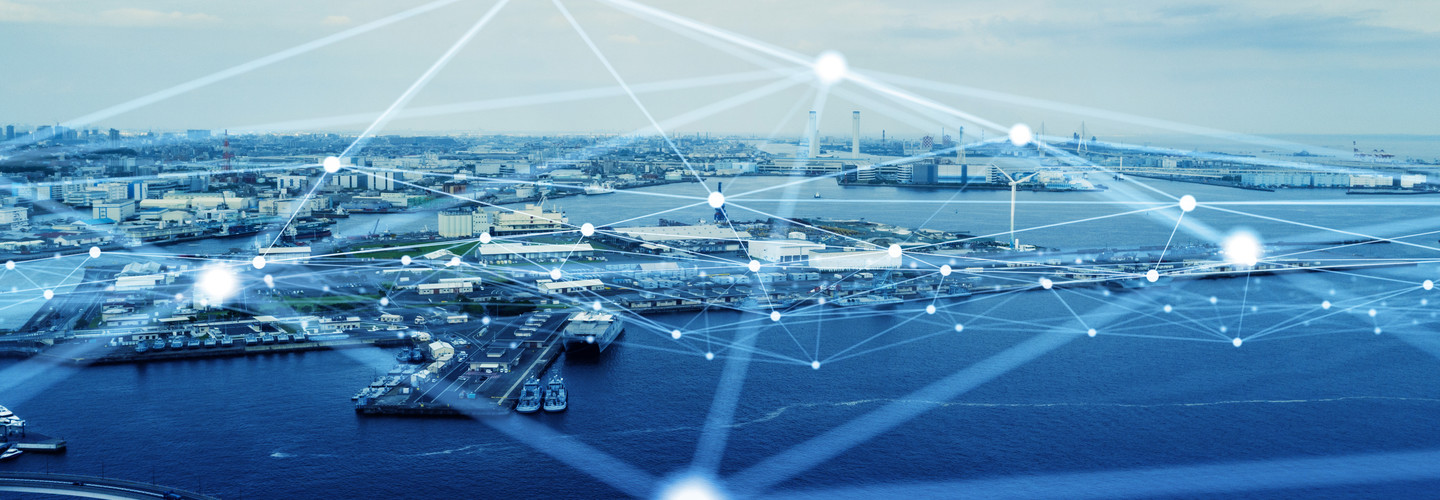Benefits of 5G Technology for Energy Companies
According to ScienceLogic Chief Marketing Officer Murali Nemani, 5G solutions offer an “infinitely larger capacity for data and services that supports the decentralization of infrastructure and the containerization of workloads.”
He notes that 5G can help companies make better use of emerging technologies such as autonomous vehicles and edge computing, both necessary as the scale and scope of power grids expands but the need for latency-free connections remains.
Nemani also highlights the importance of 5G networks in reducing the risk of cyberattacks. With attacks on power generation and distribution facilities on the rise, the adoption of more disparate and physically distant renewable infrastructure introduces even greater risk of compromise.
“To address the concerns, you need observability,” says Nemani. “How do you monitor and observe with real-time response rates as you push telemetry and reporting mechanisms to the edge of the network? And if something does degrade as the result of a potential attack, can you resolve or remediate the problem quickly?”
With 5G capable of handling 25 times the number of devices simultaneously at speeds 10 times faster than 4G, it offers a massive upgrade in power grid network observability, and, in turn, security.
READ MORE: Discover how energy and utility companies are using edge computing.
How 5G Is Changing the Future of Power Provisioning
So, what comes next for power provision in a 5G world?
Nemani points to the development of “private” 5G clouds offered by providers in ready-to-deploy packages that let utilities tap the power of 5G without building their network from the ground up. This is especially critical as companies face a growing talent gap thanks to both the unique skills required to operate a 5G network — Nemani notes it’s not the same as running a Google or Amazon cloud — along with staffing issues tied to the ongoing impact of the “Great Resignation.”
5G also comes with the promise of more predictive and proactive response for energy producers. Consider an issue at the edge: a solar panel experiencing critical issues that could lead to large-scale grid failure if not addressed immediately. By leveraging the higher device capacity and bandwidth of 5G, power producers could instead equip panels with IoT edge sensors capable of proactively pinpointing events that suggest the need for equipment maintenance — before problems occur. The result? Fewer interruptions in power production and reduced costs for producers.
Nemani neatly sums up the potential advantage of 5G for energy: “It promises to help you instrument deeper into your network, to collect better and more accurate telemetry, to handle transport and back-call data — all while being less cost-prohibitive than current networks.”










